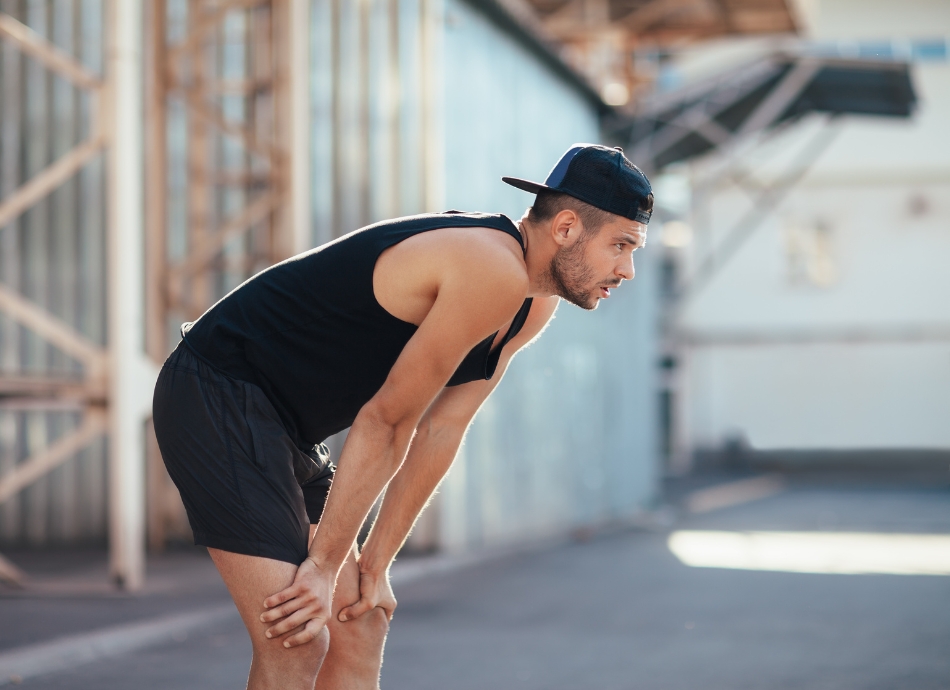There are several things you can do to help manage EIA.
Control your day-to-day asthma
- If you have symptoms of asthma more than 3 times a week, your asthma is not well controlled.
- See your healthcare provider to review your medicines and ask for an asthma self-management plan(external link). Make sure you know how to use your inhalers as well and effectively as possible.
- Ask whether you need a breathing test (called spirometry).
- Make sure your inhalers (puffers) are prescribed according to the latest guidelines. This should include a steroid, asthma preventer – possibly in a single combined reliever/preventer device. You may also benefit from a tablet therapy, such as montelukast. Talk to your healthcare provider about the best treatment for you.
- Try to avoid exercising on days when you are experiencing much more severe asthma symptoms than usual, eg, when you are getting a cold. You may still be able to do scaled down exercise.
- If you have hay fever and asthma during the pollen season try to monitor pollen counts and consider choosing indoor activities on days when they're high. Talk to your healthcare provider about the best possible treatment for your hay fever.
Do more asthma-friendly activities
Activities involving stopping and starting or a warm moist environment are less likely to cause EIA. For example, try walking, tramping, tennis, yoga, martial arts, T'ai chi, aerobics or team sports. However, there's no reason why you shouldn't try more intensive activities if you are doing well with less intensive ones.
Remember to warm-up
Stretching and a few minutes of brisk walking or skipping before exercise:
- helps prevent EIA
- protects you from sprains and strains
- gets you in the mood to move.
Check weather conditions
- If you have a choice, exercise inside on cooler, dryer days.
- If you are outside and it's cold, wear a thin, warm scarf loosely around your lower face to help warm the air you breathe.
- Check the pollen count forecasts. The MetService(external link) in Aotearoa New Zealand provides pollen forecasts. They appear in the sidebar to the left of the weather forecast when you search by location.
- Avoid being exposed to heavily polluted air.
Use your reliever inhaler before activity
Many people with asthma now use a single inhaler combining prevent medication with reliever medication. Take 1 or 2 puffs about 15 minutes before exercising.
If you're still using 2 separate inhalers, take 1 or 2 puffs of your reliever medicine (usually blue-coloured) several minutes before you start physical activity. If you need to take reliever medicine more than once after your initial puff, stop your activity session for that day. Using a spacer increases the effectiveness of metered dose inhalers (MDIs).
If you exercise often and you need a dose of reliever before and during your session, ask your healthcare provider to reassess your preventer medications as you may not yet be on the best possible treatment.
Breathe – don't heave
Taking slow deep breaths through your nose with the right breathing pattern can help people with EIA (see below).
Apps reviewed by Healthify
You may find it useful to look at some Asthma apps and Breathing apps.










